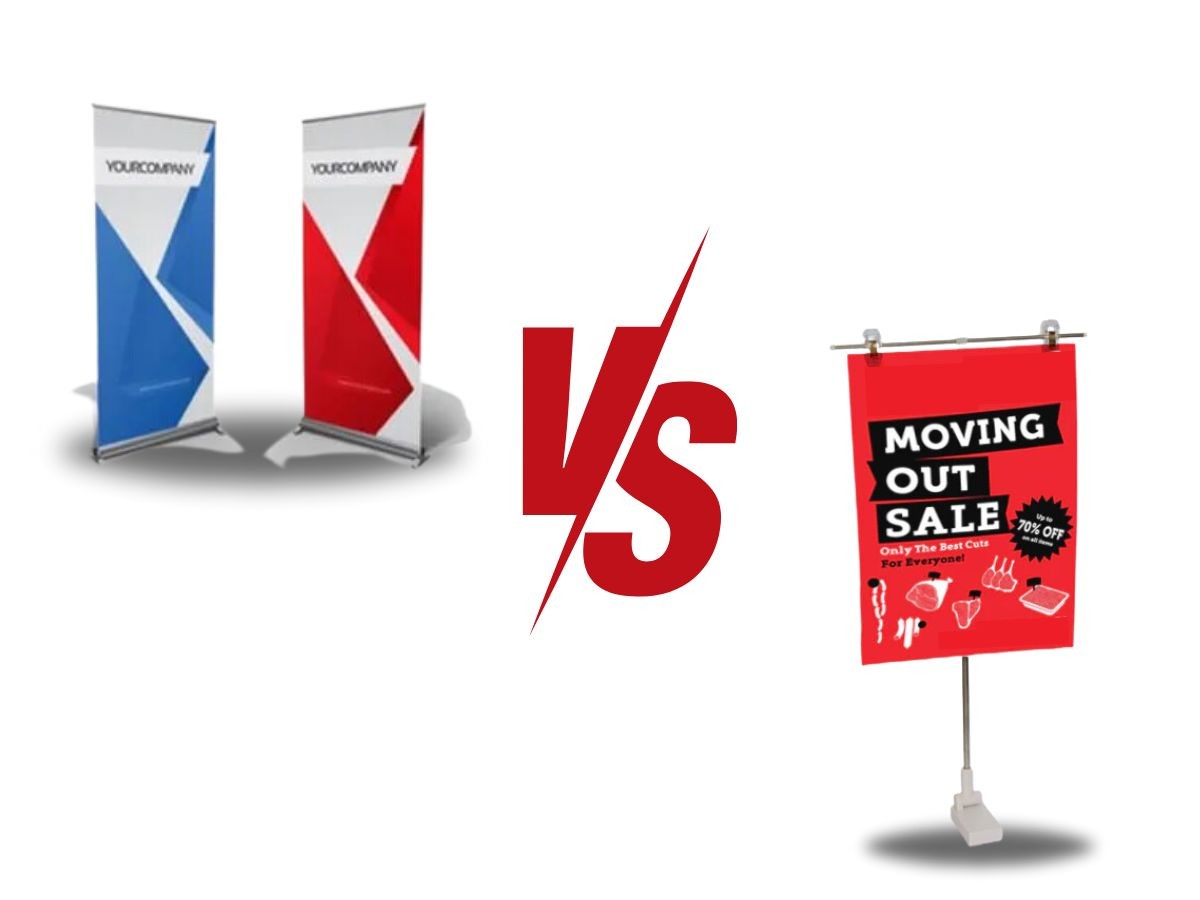

In the ever-evolving landscape of retail marketing, success hinges on a brand’s ability to engage potential customers effectively. Two strategies that play pivotal roles in this endeavor are Point of Purchase (POP) displays and Point of Sale (POS) displays. These tools are instrumental in boosting sales, enhancing brand visibility, and creating memorable shopping experiences. In this comprehensive blog, we will delve deep into the world of POP and POS displays, exploring their definitions, various types, benefits, and the key distinctions between them. By the end of this journey, you’ll have a clear understanding of how to leverage these display options for maximum impact on your brand. So, let’s embark on our exploration and unveil the secrets of retail marketing success.
A Point of Purchase (POP) display is a strategic marketing tool employed in retail stores to capture the attention of customers at the very moment they are making their purchase decisions. These displays are thoughtfully positioned near checkout counters, aisles, or even store entrances. The primary goal of POP displays is to showcase products and stimulate impulse purchases.
POP displays come in various forms, tailored to suit different products and store layouts. Some of the common types include:
The advantages of employing POP displays in your retail strategy are manifold:
In contrast, a Point of Sale (POS) display is specifically positioned at the checkout counter, where customers make their final purchase decisions. POS magnetic displays are typically smaller, with the primary aim of encouraging last-minute purchases or promoting complementary products.
The benefits of incorporating POS displays into your retail strategy include:
To make informed decisions about your retail marketing strategy, it’s crucial to understand the key differences between POP and POS displays:
In conclusion, mastering the distinction between POP and POS displays is pivotal in creating a successful retail marketing strategy. Each type of display has its unique advantages, and your choice should align with your brand’s goals and target audience. Whether you opt for POP or POS displays, remember that Rochester Magnet ready to assist you in achieving retail marketing excellence. With our expertise and dedication, you can navigate the dynamic world of retail marketing with confidence, knowing you have a partner that prioritizes your success.

Magnetic sheeting is a flexible material that can be magnetized on one side and often has an adhesive or printable surface on the other. It

Magnets come in various shapes and sizes, each designed for specific uses. Understanding the different shapes of magnets, their properties, and their applications can help

Magnets are a fascinating part of our everyday lives, from the magnets on our fridge doors to the powerful magnets used in advanced technology. There
Our magnet experts will help you get exactly what you need – custom or stock – in record time with great quality at a very competitive price.
Ⓒ 2024 - All Rights Are Reserved